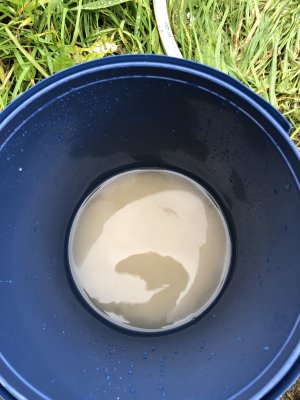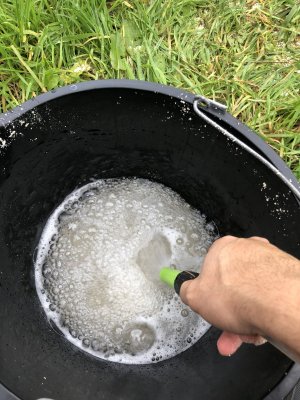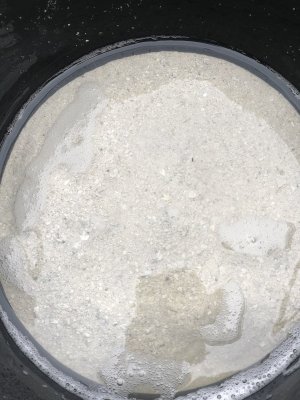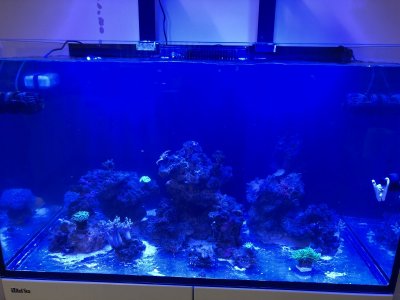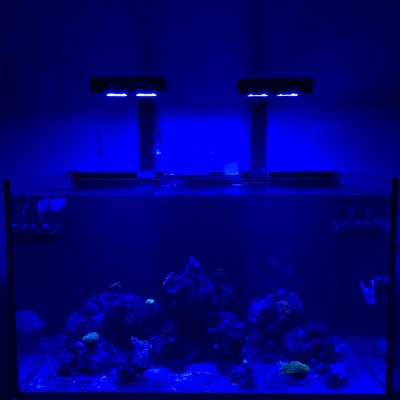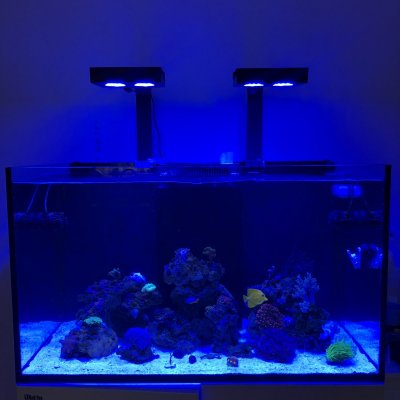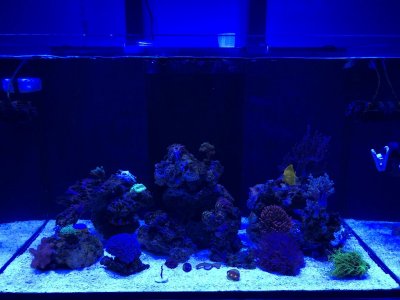Just found this thread, i have a sand question to the sand whisperer, @brandon429
I have a 75g mixed reef tank, been off an on in the hobby for 10 years and seen my share of dynos and cyno. Latest build was started last December and used carribean aragonite reef sand. I rinsed the dry sand but not the bag of live. Within a few months, I had a layer of black/brown sand pieces that I really dislike (despite vacuuming sand biweekely). I've attached pictures of sandbed and handful of sand taken out, i put some in a jar with water/bleach and turned back to white. Any idea what is causing this to the sand pieces? A rinse had no effect on the black/brown pieces (i needed to bleach). I can start vacuuming out the sand during water changes and replace with new, but fearful the same will occur. Any thoughts?
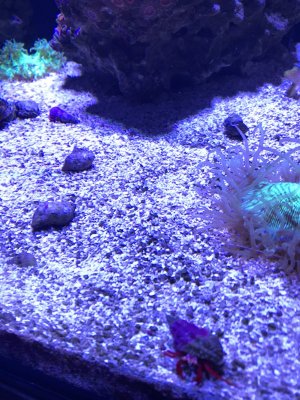
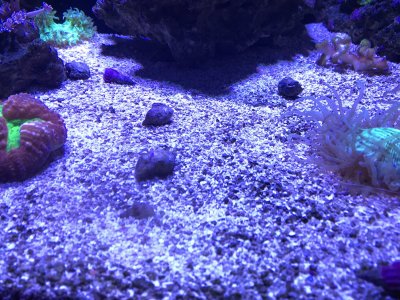
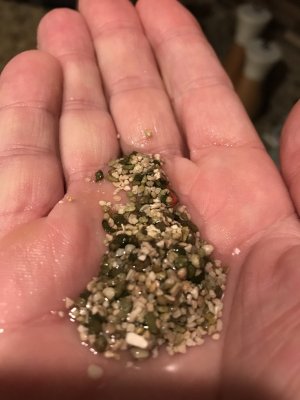
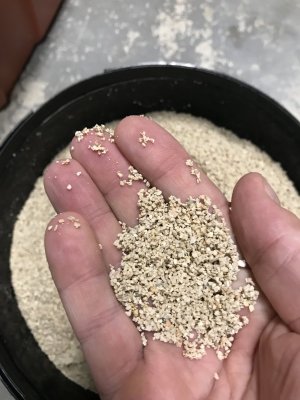
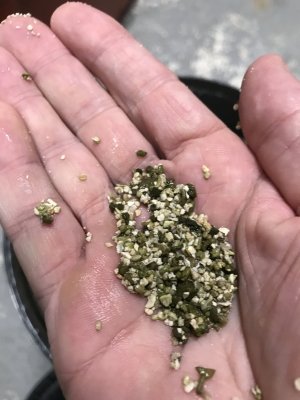
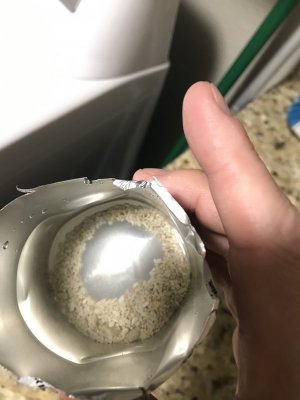
I have a 75g mixed reef tank, been off an on in the hobby for 10 years and seen my share of dynos and cyno. Latest build was started last December and used carribean aragonite reef sand. I rinsed the dry sand but not the bag of live. Within a few months, I had a layer of black/brown sand pieces that I really dislike (despite vacuuming sand biweekely). I've attached pictures of sandbed and handful of sand taken out, i put some in a jar with water/bleach and turned back to white. Any idea what is causing this to the sand pieces? A rinse had no effect on the black/brown pieces (i needed to bleach). I can start vacuuming out the sand during water changes and replace with new, but fearful the same will occur. Any thoughts?















